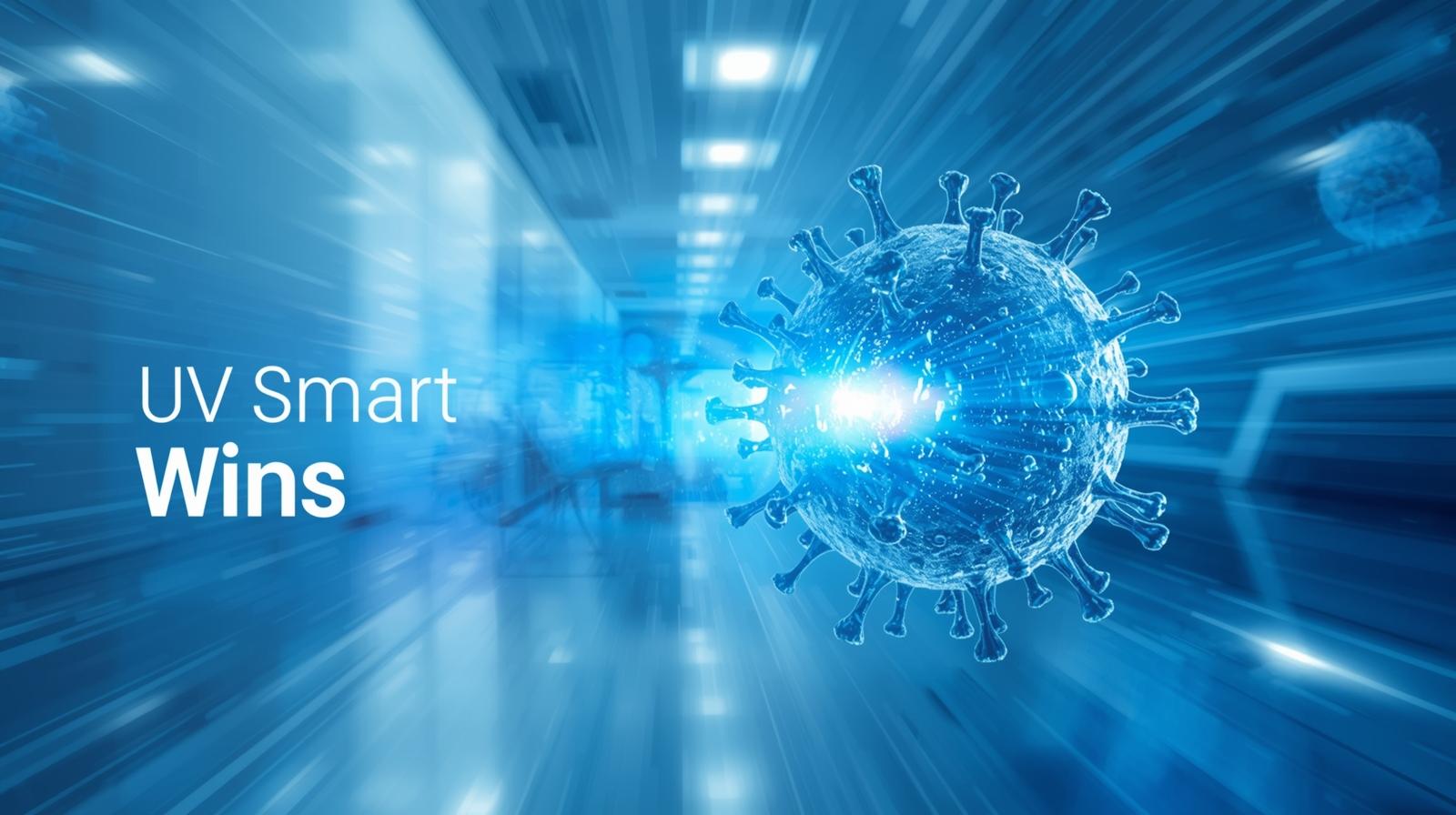Compatibility testing ensures the safety and longevity of virtually every medical device on the market. Flexible, ductless endoscopes and TEE probes are medical devices widely used in the medical field. They are fragile and expensive, and must be carefully maintained and disinfected. Therefore, it is important that disinfection equipment has no effect on the operation of an endoscope. An endoscope is disinfected after each use, and to ensure that fragile endoscopes can withstand repeated high-level disinfection, compatibility tests are performed.
Endoscopes disinfected with UV-C light are no exception. But does UV-C light have an effect on endoscopes? And if there is an effect, how do you measure it?
Who performs a compatibility test?
In order to prevent cleaning agents and disinfectants from damaging or impairing endoscopes, the manufacturers of these agents and of endoscopes work closely together. The endoscopes are often disinfected thousands of times in order to analyse and monitor the long-term effects. Products are deemed to be safe after testing and establishing material compatibility, and may then be used together. The manufacturer of the endoscopes guarantees that the product can be safely disinfected with the cleaner, disinfectant or equipment.
It is important for both the manufacturer and the user that an endoscope is compatible with the disinfection method used. A damaged or broken endoscope can have negative consequences for a healthcare facility. After all, an endoscope is expensive, and repairing it costs a lot of money.
What is checked and measured in a compatibility test
During a compatibility test, visual and functional aspects are measured after 200 disinfection cycles. This revolves around the following:
- Is the lens still in one piece or is it broken?
- Is the lens working properly and is vision good?
- Are the labels not faded?
- Are all the buttons still in good working order?
- Does the insertion tube contain fractures or tears
- Are there any holes?
- Is there water damage?
- Is everything still in good working order?
- How far can the wiring and insertion tube move?
Measurements are taken before and after every 200 tests. If the results are good, photographs will be taken and the endoscope will be tested another 200 times. This continues until 1000 to 3000 cycles have been completed, with the total amount of cycles depending on a manufacturer's protocol.
After the tests, UV-C light from the UV Smart D60 proved to have no effect on the functioning of the endoscopes.
Compatibility testing and UV-C light
To verify the effect of UV-C light on endoscopes, compatibility tests are also done. UV Smart has conducted compatibility tests on endoscopes with several manufacturers, such as Pentax Medical, XION and Karl Storz. The endoscopes were measured before and after every 200 cycles, up to 3000 cycles, and the results were very positive. After the tests, it was found that UV-C light from the UV Smart D60 has no effect on the operation of the endoscopes. Therefore, the UV Smart D60 has received compatibility statements from the manufacturer.


To learn more about UV-C light, please also read UV-C light in the medical world: Pitfalls and opportunities








.jpg)
